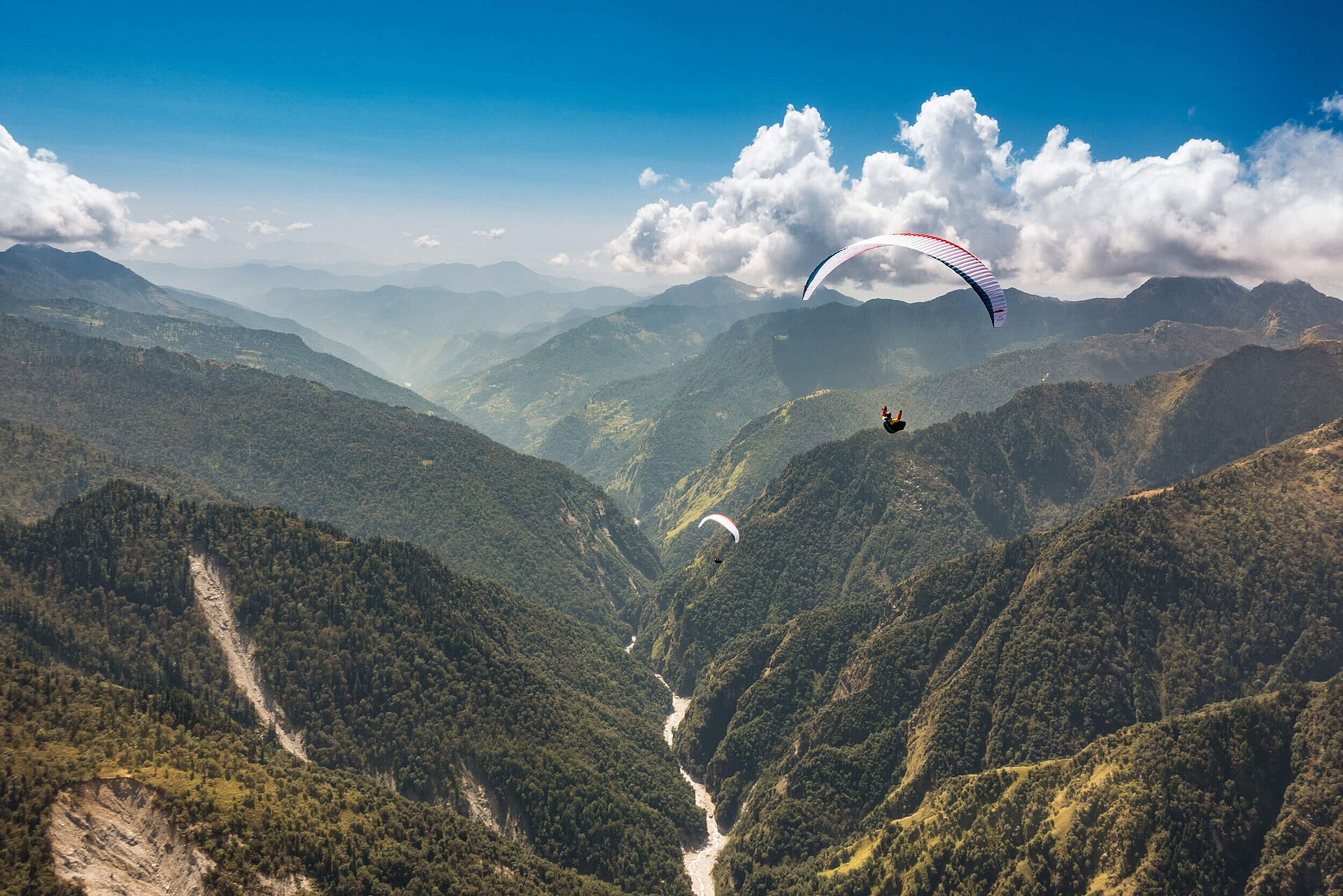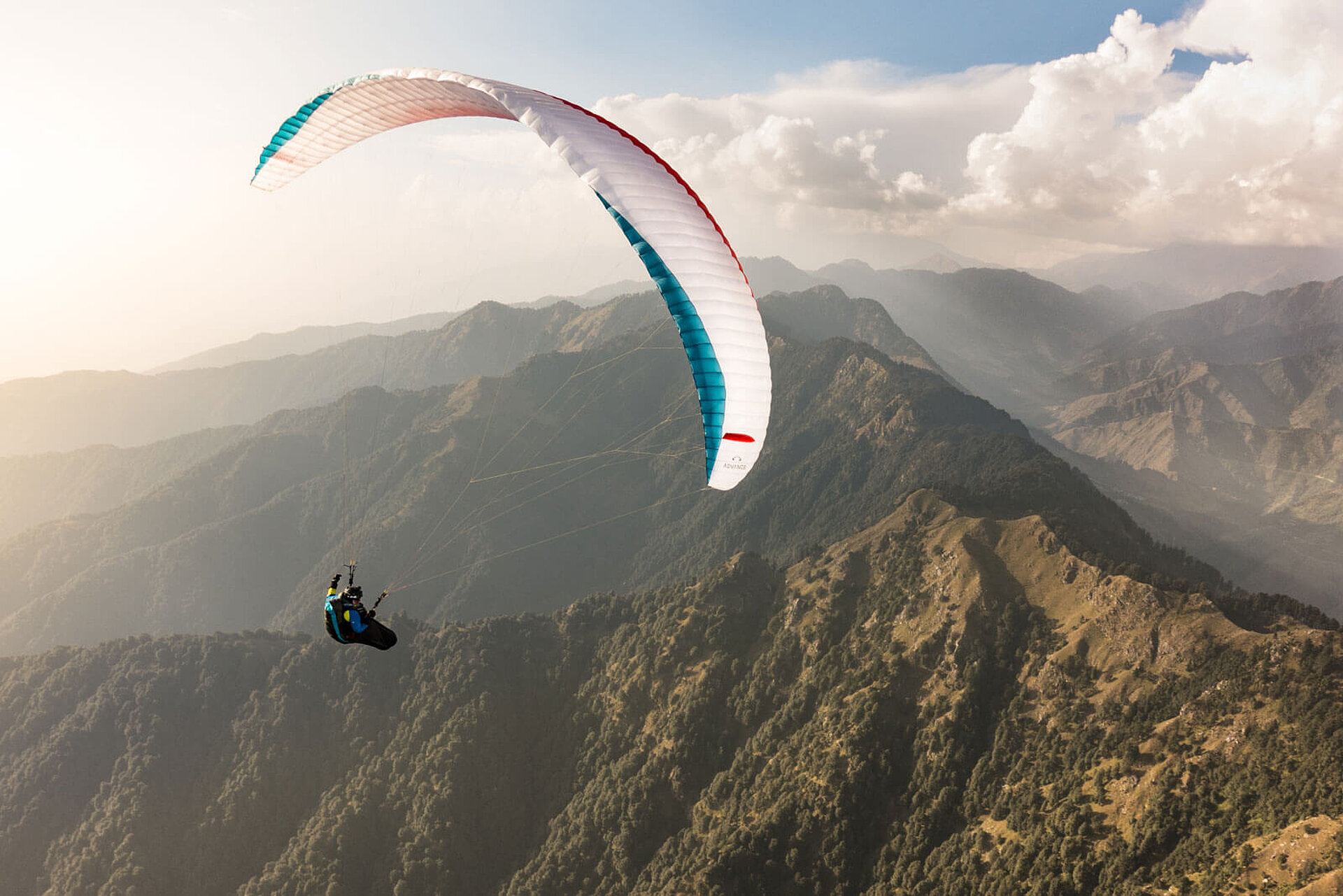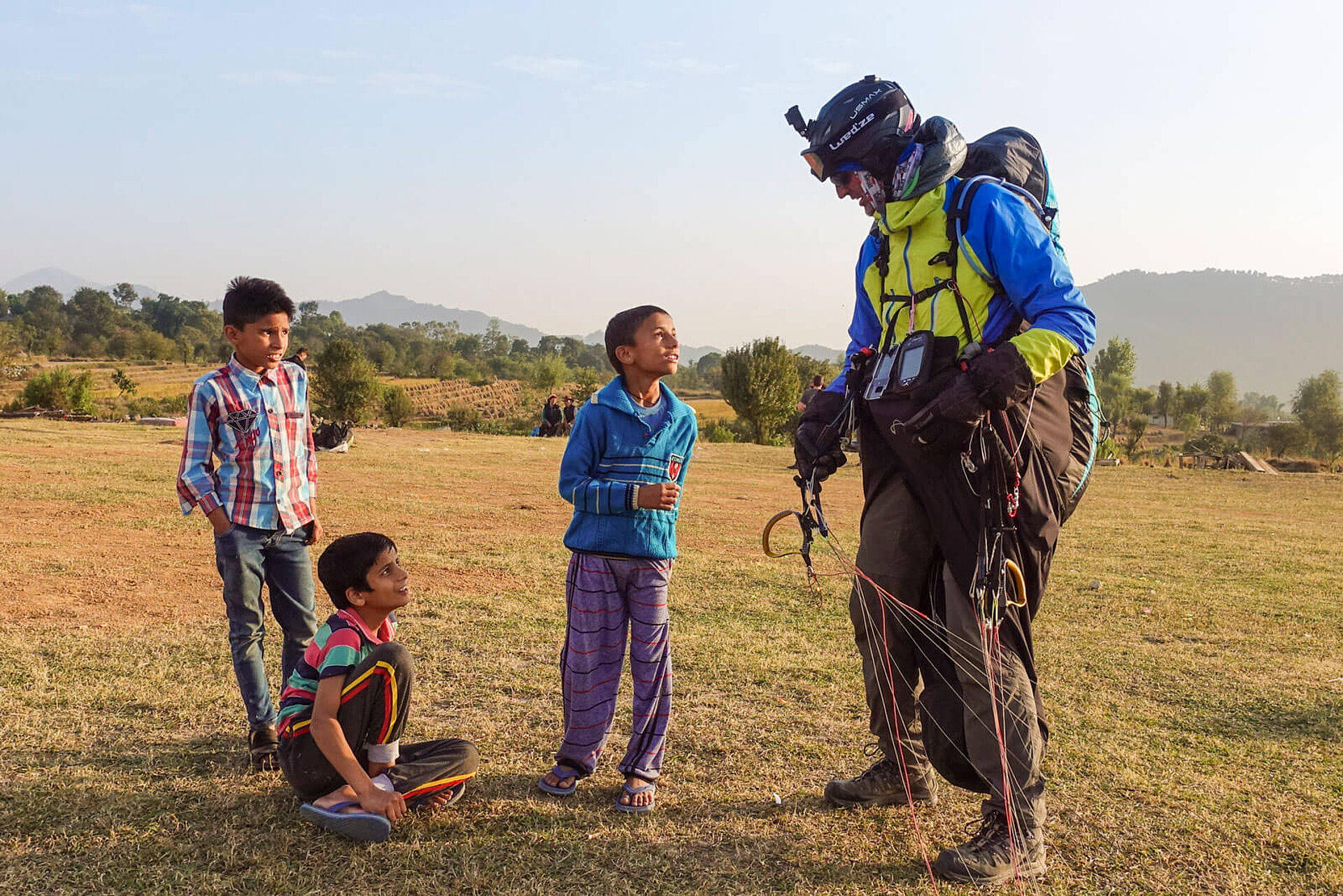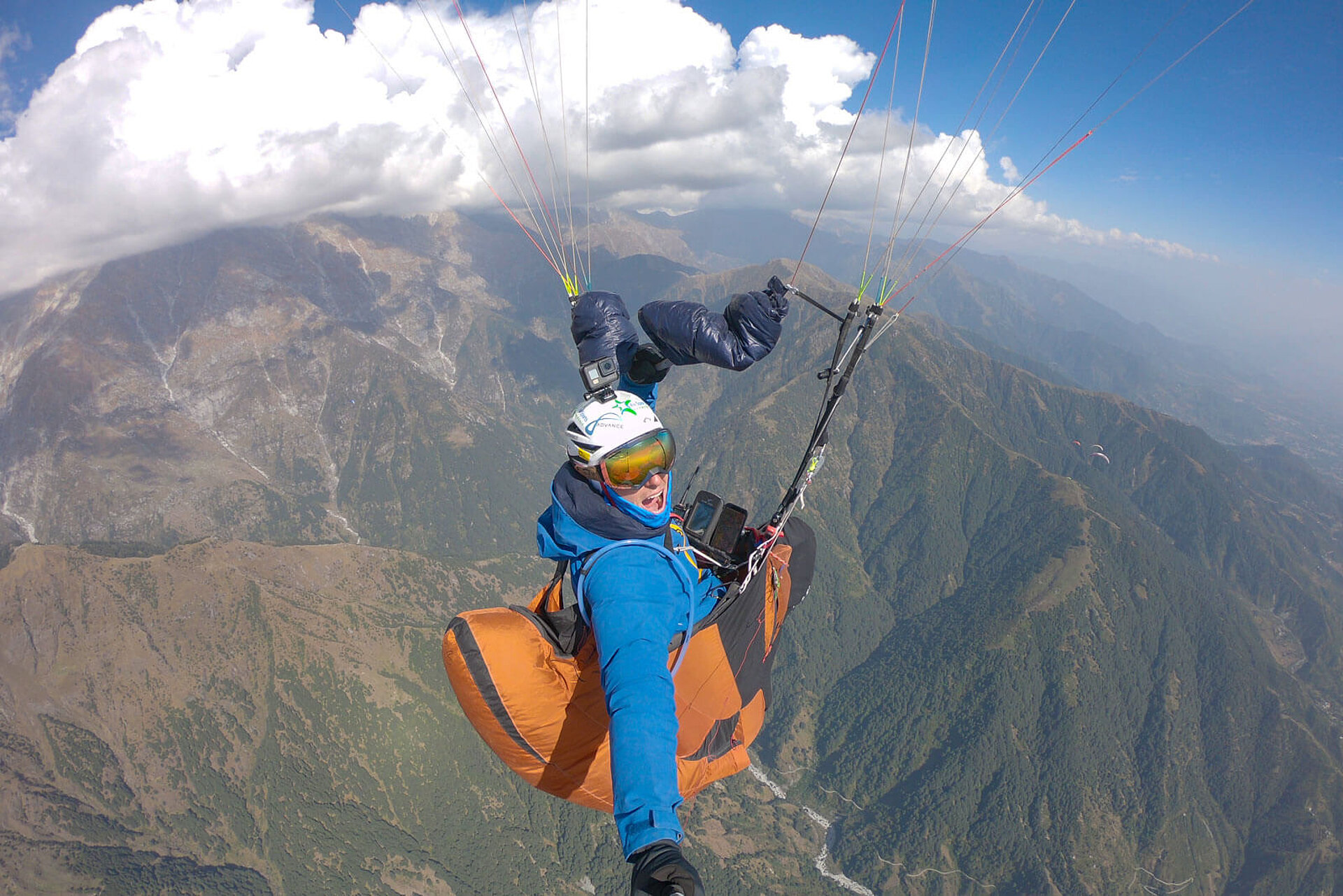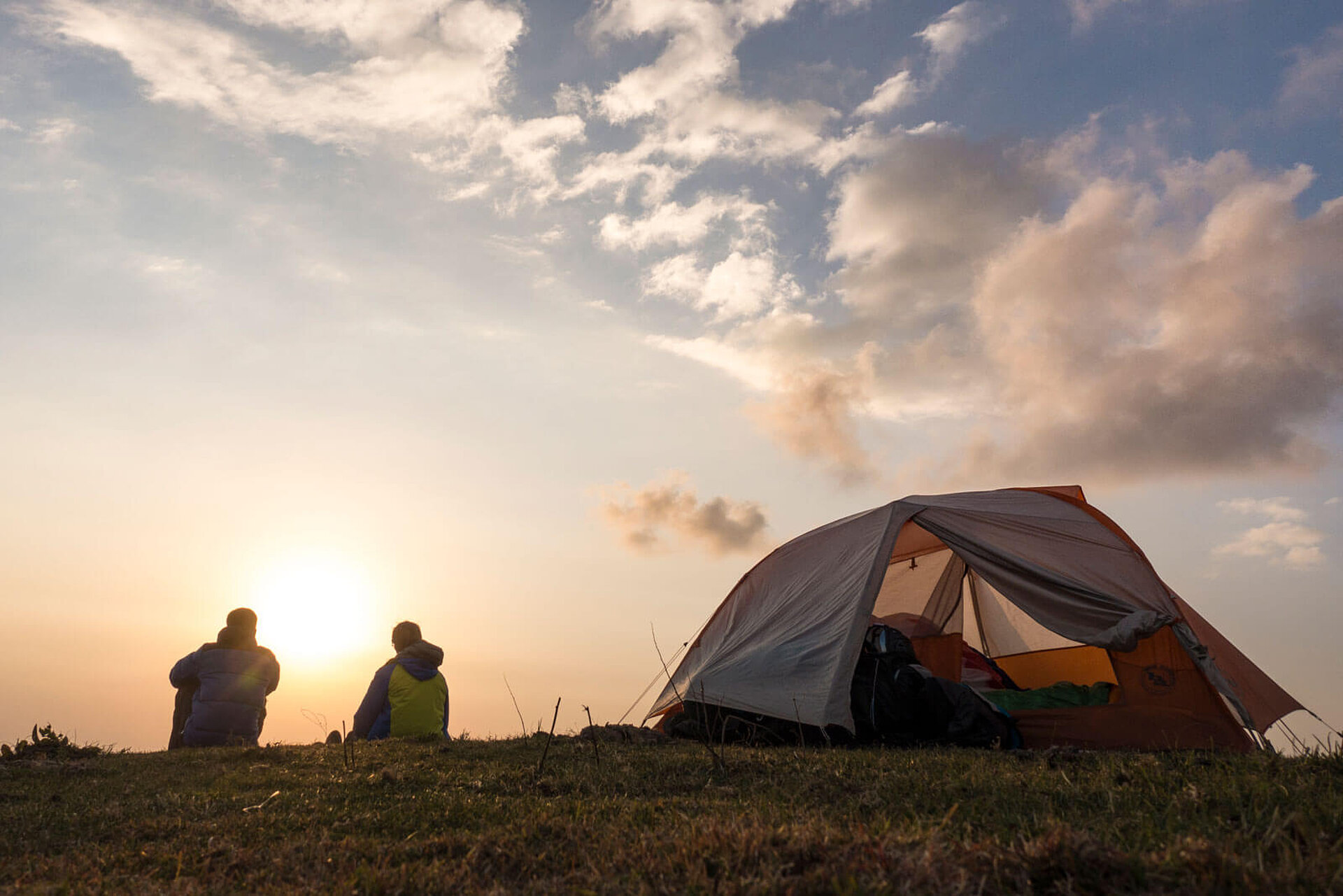In October 2018 Fred Souchon, Marc Gallien and Martin Beaujouan set out from the Indo-Nepalese border heading west. They wanted to fly a still unexplored route at the heart of the Himalayan ridge towards Zanskar. The bivouac cross country flight held unexpected challenges for the team because feelings and personal decisions have to be respected in every expedition. Martin reports.
After a couple of hours of steep climb we reach Munsyari. An imposing snow covered Nanda Devi towered in the distance. At 7,816 metres it is the highest mountain in the Indian part of the Himalayas. Another short break, then we lift off from our high altitude takeoff place. The villagers wave us farewell. We’re in upbeat mood, looking forward to our Zanskar adventure. In a few minutes we reach 4,000 metres. It’s distinctly cooler up here. Slowly we work our way on the ridge towards the west.
Flying as a threesome has its obstacles. It’s almost impossible for the three of us to make equal progress in the same thermal. Some time goes by before we can cross each saddle as a group. Then the search for a landing and bivouacking site begins; but where? The valley below is extremely deep, possibilities exceptionally restricted. We fly over one saddle and discover an east-facing open area on the slope. It could work. Today this landing place is actually in the lee, but tomorrow it will definitely make a good takeoff spot.
Crash Landings in the lee
Marc goes straight for it. He battles with the leeside approach – and throws down a crash landing on the slope. That was a real challenge – no question. Fred and I are still high in the air. I can even soar the other side. But we have decided to stay together, so it’s to be down here. A strong headwind of 25 km/h is blowing over the ridge. Accordingly we encounter strong sink in the lee proper. I catch the upwind component of the rotor and can flare on the only flat area on the place. Done it!
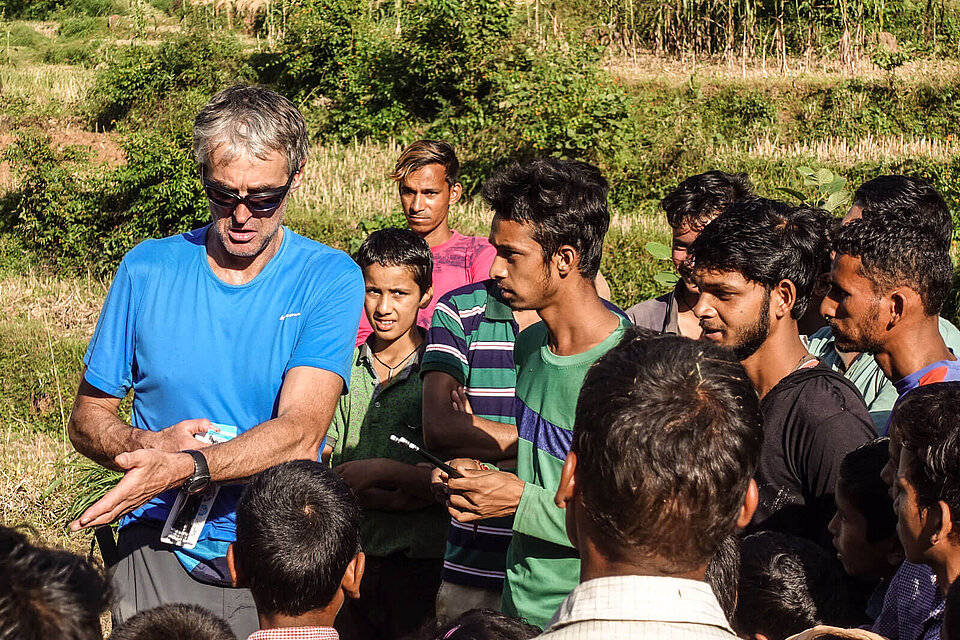

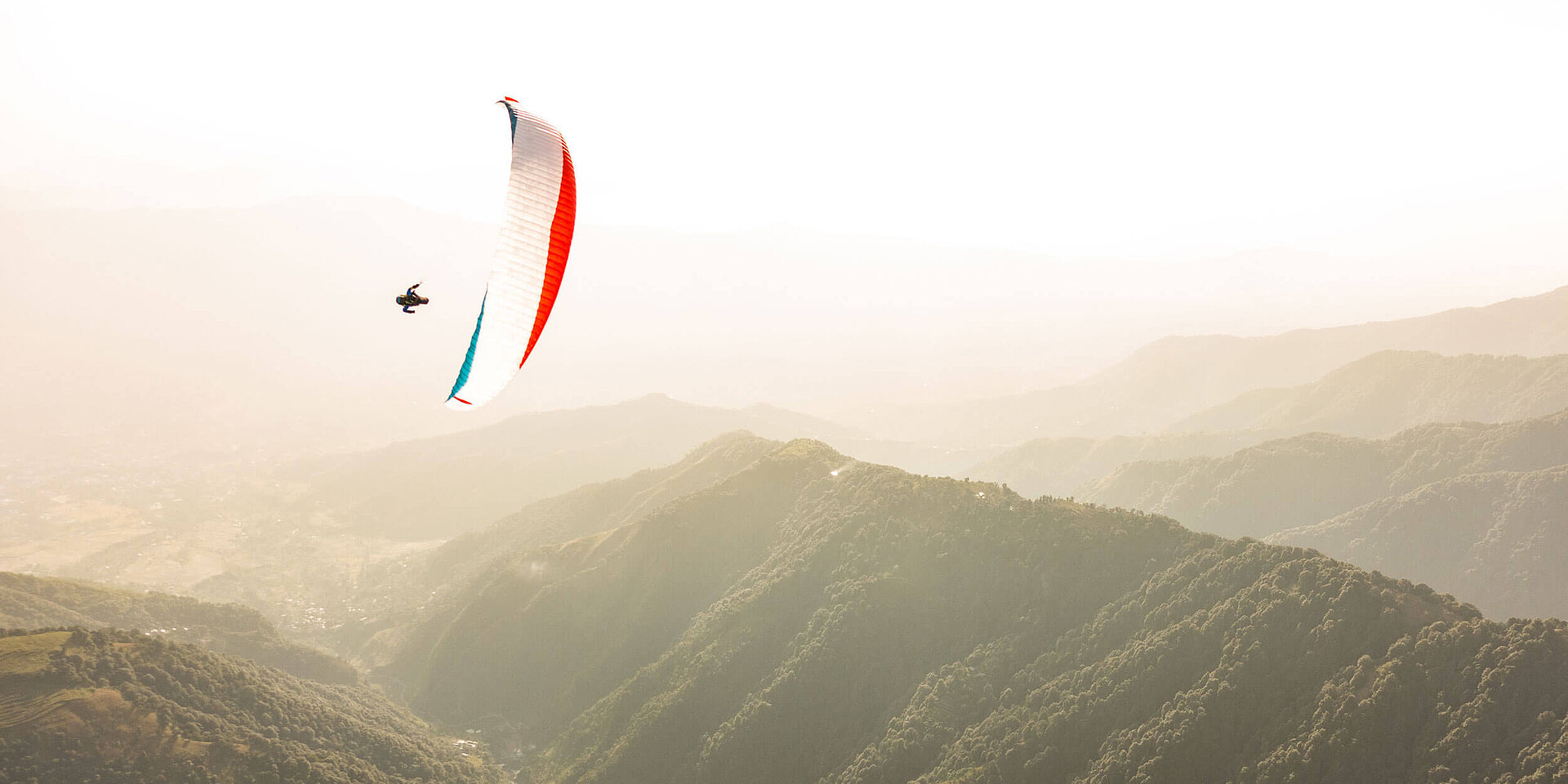
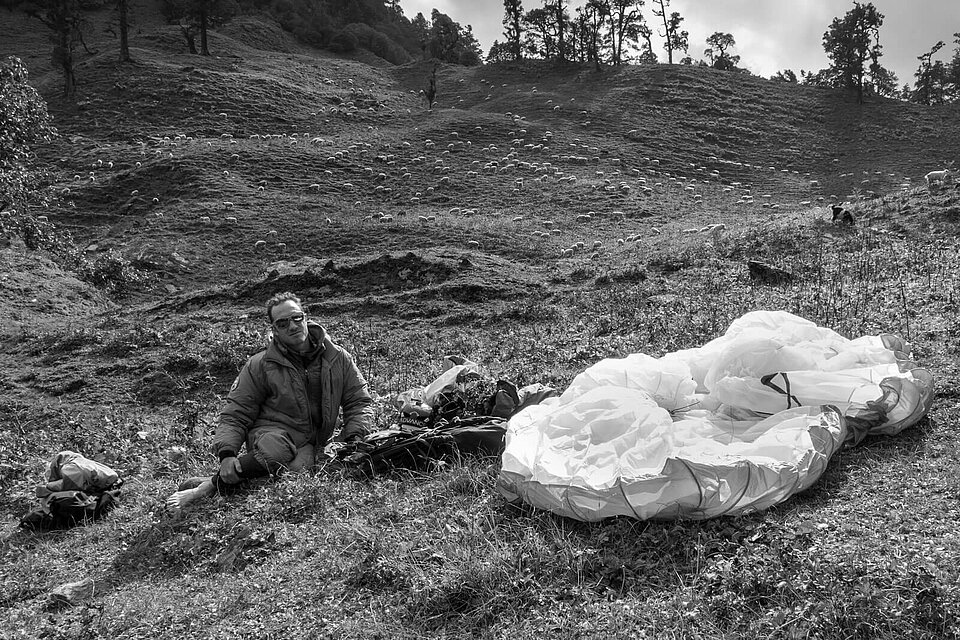

It doesn’t go so well for Fred. He landed in downwash, and the impact included his own weight plus pack. “That was a damned hard landing”, Fred shared with me later. “It really hurt.” On the next morning his foot is blue and really swollen. We cannot fly further. The whole day we climbed down 1,200 metres through trackless country as far as the nearest village. With taxi and on foot we reached the hospital three days later. The diagnosis is shattering: Fred has broken his ankle.
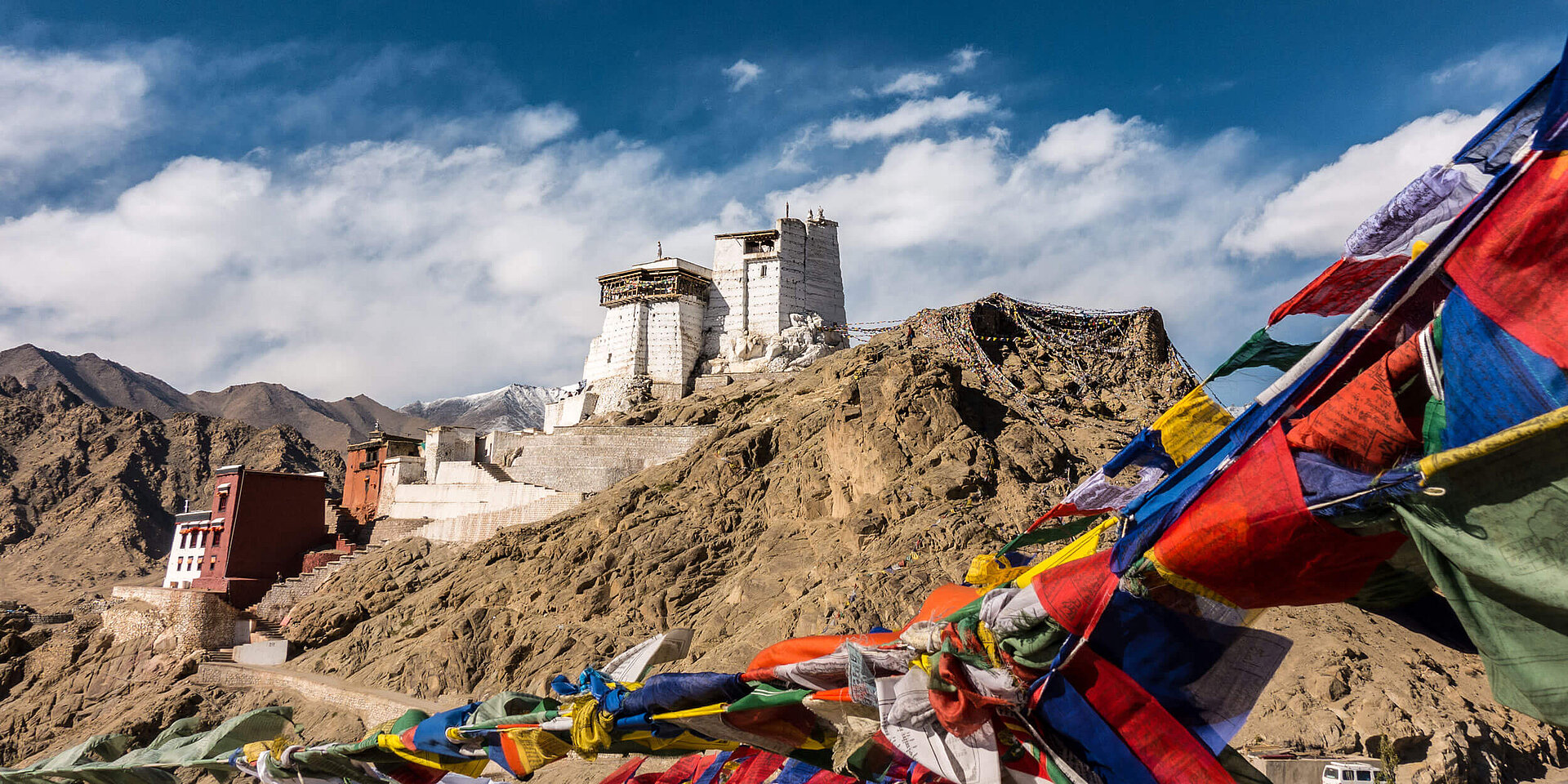
Zanskar – all or nothing
For Fred the adventure is over. Marc and I change our plan. Train and aeroplane have brought us directly to the icing on our Himalayan volbiv adventure cake: Zanskar. Our takeoff spot lies picturesquely at the place where the Zanskar valley meets the Indus. The landscape is simply grandiose. Every shade of brown-grey earth tone, green poplars and coloured prayer flags contrast impressively with the deep blue sky. With 30 kilos of water in our packs we fly away, with the intention of crossing one of the remotest high mountain regions by air. Conditions are challenging. The valley, which extends for hundreds of kilometres ahead of us, is very narrow.
Marc seems undecided. I take the initiative and set course. Marc stays in the thermal. He continues to circle in a neutral spot, without gaining height. What’s his problem? The last few days have played on our nerves. Now and then doubts have arisen. There’s the concern of injury, or worse; of a flying mistake or a misjudgement of the weather. Even so, I am highly motivated to explore one of the remotest valleys on earth while hanging under a piece of cloth and a few lines. Marc, on the contrary, seems only now to be realising what bivouac flying in the Himalayas really means. “What’s up, Marc?“ I can guess. “My experience trip ends here; I’m flying back to Leh”, he answers.
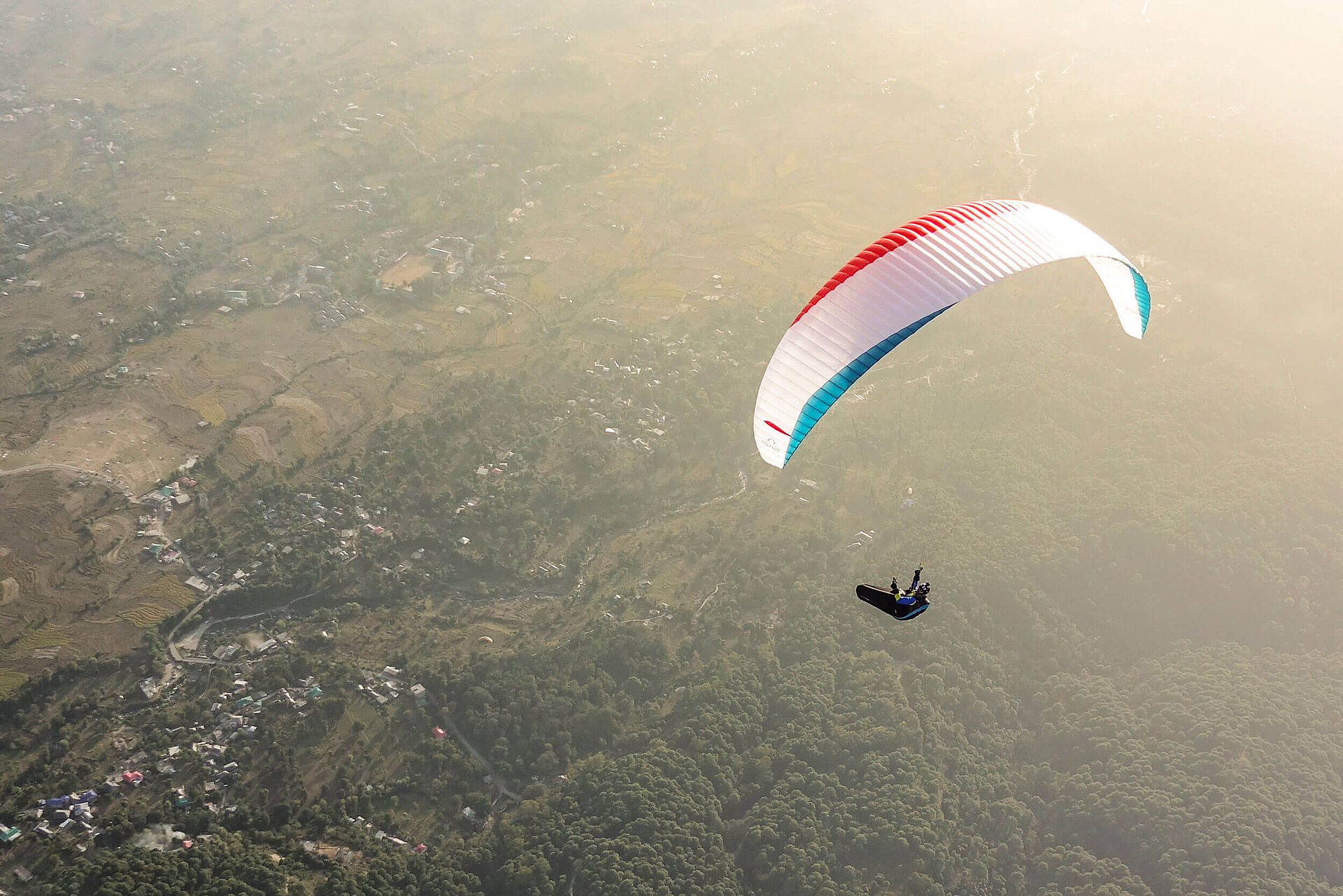
Flying alone as an option?
I try to supress my disappointment. Part of me is fired up for this adventure. The opportunity to fly in this place can’t be abandoned just like that. But Marc has the stove and cooking pot in the back of his harness – without hot water there’s no proper food! A selfish thought, admittedly; then I think of my pregnant wife Aurélie, waiting for me at home. A solo flight in the Zanskar valley could mess up my family life considerably. My gaze took in the stunning high mountain panorama, here at the roof of the world. Then I also headed for Leh.
Back to civilisation
We decided to spend the remaining days of our three week trip in the Bir paragliding mecca, and travelled there by minibus. On the last section of this arduous journey I flew from the 3,978 metre Rohtang-Pass. When in Bir the popular 200 km triangle is a must. Just splendid! Finally we summoned up the courage to again make a short vol-biv adventure towards Manali and back. For a short while we circled in the sky with vultures. An especially inexperienced one flew dangerously close to me – and without further ado got itself tangled in my lines. I looked up – my heart raced. The majestic bird struggled, feathers flying. A few seconds later he escapes, unharmed. Phew, that was close! The memory of this will remain with us for some time.
There were no distance records during our bivouac adventure in India, but any amount of challenge. Fred’s injury and Marc’s personal decision made clear the limits and risks of bivouac flying. And while underway as a team the feelings and decisions of each individual has to be respected. When it works it’s magical! If it doesn’t work, then you always have a reason to try again.
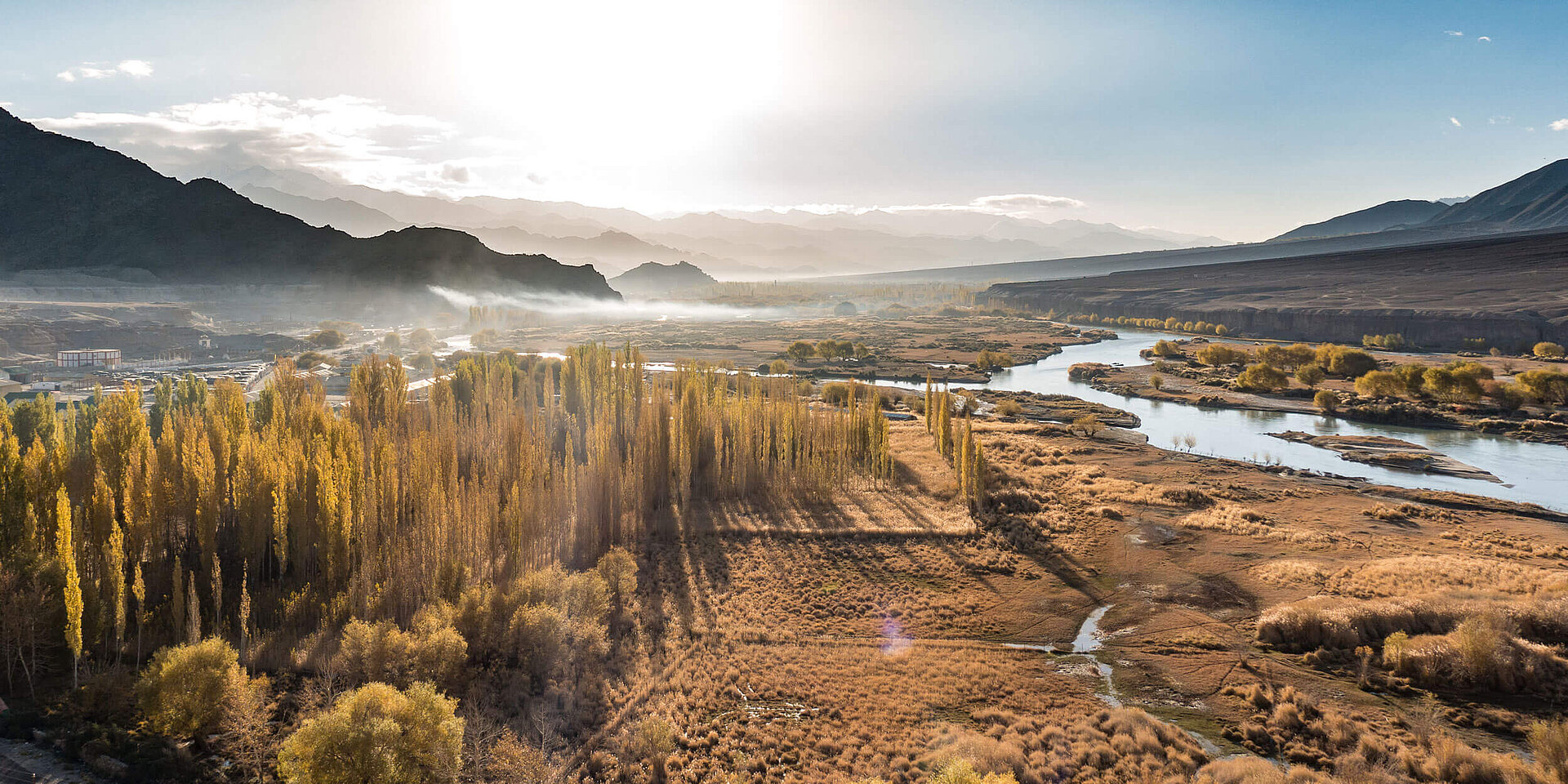
The Equipment
The Team

Fred Souchon
Fred is an enthusiastic paraglider pilot, Alpinist and qualified mountain guide. Professionally he is a mountain rescuer in Chamonix.

Martin Beaujouan
Martin is a paragliding instructor and runs a flying school. He vol-bivouacked across Kyrgyzstan with Fred. He has flown 2,700 km through Chile and Peru with Antoine Girard.
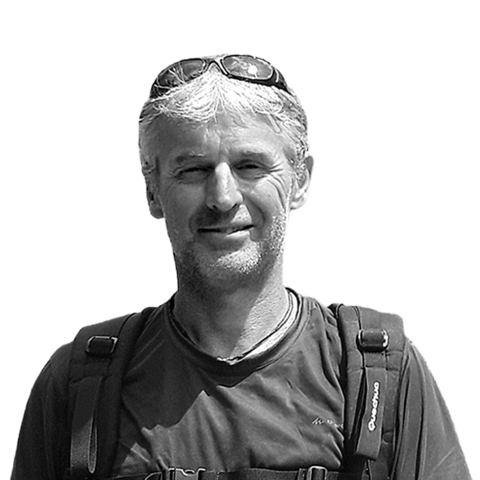
Marc Gallien
Marc has been flying since the 1980s and has worked as a flying instructor ever since. He was a member of the first attempt to fly from the 6,768 metre Huascaran in Peru.
